In the late 1930s, Black students at the University of Minnesota were denied access to University housing.
In response to inequitable and segregated conditions, they founded the Council of Negro Students. Decades later, a new generation of Black students continued their legacy by forming a new Black affinity group. The University’s present-day Black Student Union can loosely trace its history back almost 85 years ago.
The Council of Negro Students
In 1924, University President Lotus D. Coffman tasked a committee with addressing issues related to the University’s growing student body. Though the committee championed certain egalitarian measures, it did not uphold the equality of Black and Jewish students, instead viewing them as “problems,” according to “A Campus Divided,” an archival project that discusses the University’s history of segregation and political surveillance.
Lotus himself played a central role in crafting University segregation policies. He passionately believed that students of different races should not live or socialize together.
“The law of the land, of course,” Riv-Ellen Prell said, “was separate but equal, but there was no housing for African Americans, so they were actually in violation of the law.”
Prell is a Professor Emeritus at the University, and she curated “A Campus Divided” alongside Sara Atwood, a PhD candidate.
“One of the most despicable things that they did, which is so common politically in this era, was not take a stand on whether or not there was a policy on segregated housing and this is something that Charlotte Crump went right for,” Prell said.
Charlotte Crump was a Black woman who attended the University in the late 1930s. She was a prominent student activist on campus, and in 1937, she wrote a semi-fictional story titled This Free North.
“I feel miserable,” Crump wrote. “Nearly froze my legs coming home. It’s such a long ride on the trolley from the campus to the south side of town. And if I could live in the dormitory — but that’s ridiculous. The idea of a colored girl living in a dormitory at the University!”
The story is told through a series of letters written from the main character to her sister. The story showcases the trying experiences faced by Black students on campus, like being rejected by White friends because of their race, being barred from University housing via the de-facto segregation policies, and hearing White people demeaning African-American Vernacular English.
The story ends with the Black students on campus coming together to form the Council of Negro Students.
“It gives us a kind of timid pride to know that now we are the Council of Negro Students of the University, and not just a handful of socially suppressed cliques with no common interest except our mutual exclusion from what some call the ‘brighter side of college life,’” Crump wrote.
Reflecting on the story, Prell said “what an incredible writer she was. I mean this is a vivid, beautifully-written story … We should give her credit as a writer because it’s imaginative, and it’s vivid.”
The story was first published in a University literary magazine and was then reprinted in the National Journal of the Urban League.
Outside of the story, Crump herself went on to found the Council of Negro Students, the University’s first Black racial affinity group.
In honor of Charlotte Crump, the University now has established “Charlotte’s Home for Black Women.” The LLC housing space helps first- and second-year students build community.
After its formation, the group was offered a partnership with a political organization called American Student Union, a prominent anti-war student movement in the 1930s that mobilized the nation’s young people against fascism, war, and racial inequity.
“They asked over and over again,” Prell said “but [the Council of Negro Students] would not join … It’s so interesting that the Council of Negro Students says, ‘We are not willing to join your movement.’ They are very acutely aware that they need their own movement where their voices are primary, where their leadership is primary.”
Prell said that the group was at the center of the University’s political activism. “The organization honestly didn’t last that long. It was pretty much done by the early 40s, but it was very powerful.”
The Black Student Union
“In 1963, there wasn’t a functioning Black student organization,” Professor Emeritus John Wright said. “Things had kind of fallen away, so we organized a group.”
Wright’s time at the University began nearly 60 years ago. During his undergraduate and graduate years at the University, he was a student activist who worked on behalf of the African-American community.
He also comes from a family who similarly devoted themselves to racial justice on the UMN campus. His aunt and father served alongside Charlotte Crump in the Council of Negro Students, and his aunt became the group’s President.
As Wright explained, the Black student organization that was formed in 1963 was first called Students for Racial Progress (STRAP). In 1967 under new leadership, it was renamed the Afro-American Action Committee (AAAC).
Though an independent African Student Association was also established during those years, the AAAC was unique in its attempt to unify all Black students on campus.
Speaking about his time on the group, Wright said “Those years between 1963 and 1968 were years of tremendous turmoil in this country, achievement and setbacks.”
In the spring of 1968, Martin Luther King Jr.’s assassination rocked both the nation as a whole and those actively working for Civil Rights.
Amidst the uproar, the AAAC presented a list of seven demands to the University President Malcolm Moos. The demands were written by Wright, and they included a call to establish an educational curriculum that included the contributions of Black people.
The student activists were unsatisfied with Moos’ initial response to their demands, so they occupied Morrill Hall, preventing outsiders from entering the hall while only allowing those already within the building to leave.
These actions came to be known as the Morrill Hall Takeover, and they resulted in the University creating the Department of African American and African Studies.
“[The AAAC’s] name was changed to the Black Student Union (BSU) in part to accommodate some of the growing numbers of students from other parts of the African world coming to campus,” Wright said.
Reflecting on Black affinity groups, Chair of the Department of African American & African Studies at the University Yuichiro Onishi said, “I don’t want to talk about Black student experience solely in terms of isolation or solely in terms of experiencing microaggressions or sorely in the language of trauma.”
Though he affirmed the reality of these things, he said “I want to shift the conversation to say ‘I think Black students need to have beyond representation. They need to have the right to remain and participate.”
Samiat Ajibola served as the BSU’s President last year, and is currently the Minnesota Student Association’s vice president
“It’s a really insane history to think about how the BSU was created,” she said. “I think it’s just powerful to know that a campus that once didn’t even want Black students to learn there, live there is now a centerpiece of where a lot of Black students grow and find themselves.”
Today, the University’s Black Student Union cites the Morrill Hall Takeover as its origin, saying on their website, “The Black Student Union was birthed in the wake of Dr. Martin Luther King’s assassination in 1968 … The Black Student Union’s beginnings stemmed from the need to voice concerns facing students of color on a predominantly-Caucasian campus and we still live this truth, to this day.”
Clarification: A previous version of this story did not include Sara Atwood. Atwood curated “A Campus Divided” alongside Riv-Ellen Prell.










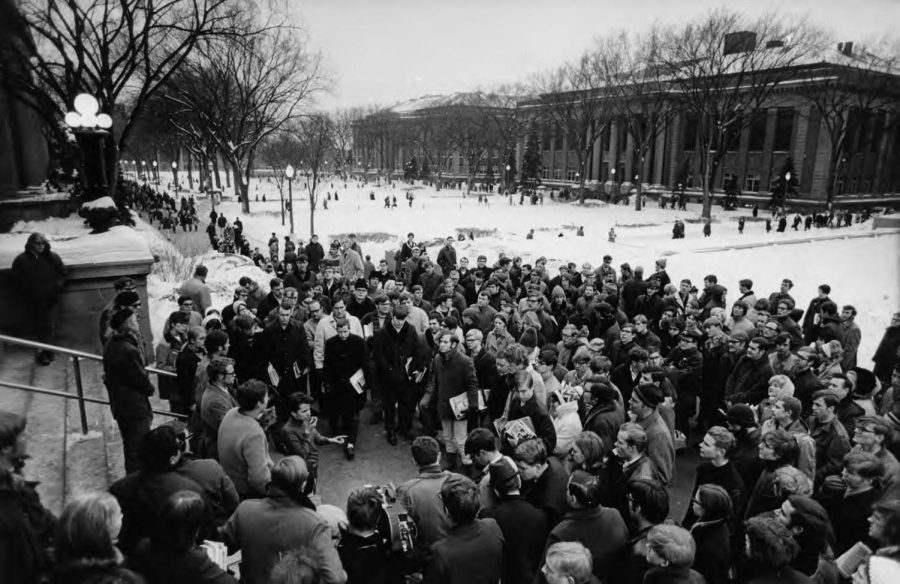





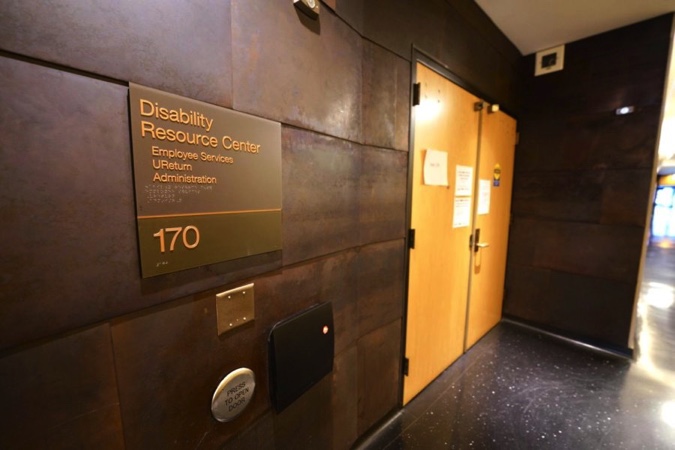


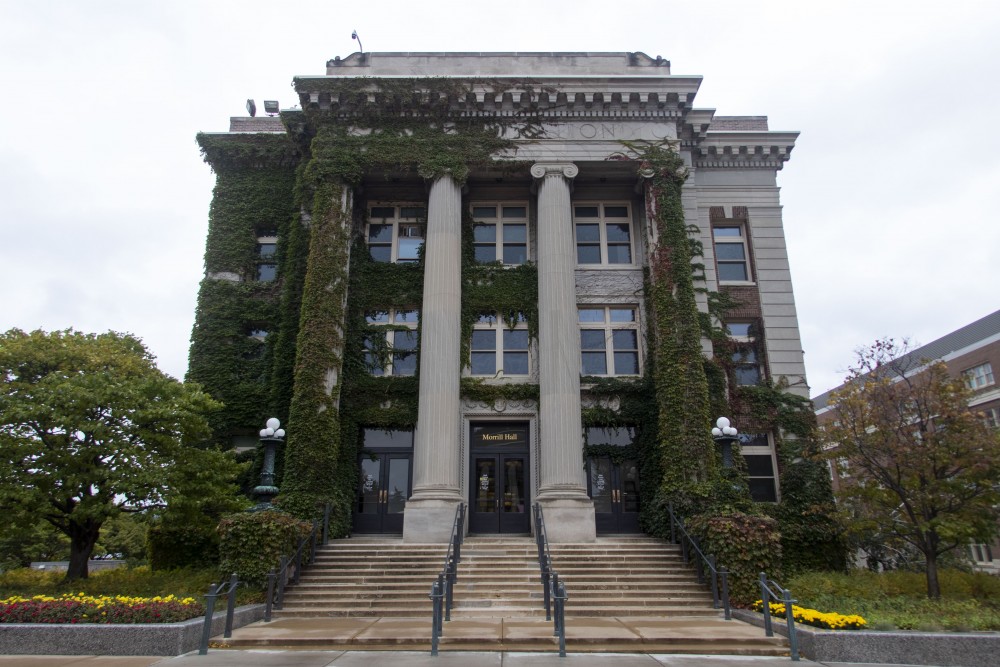
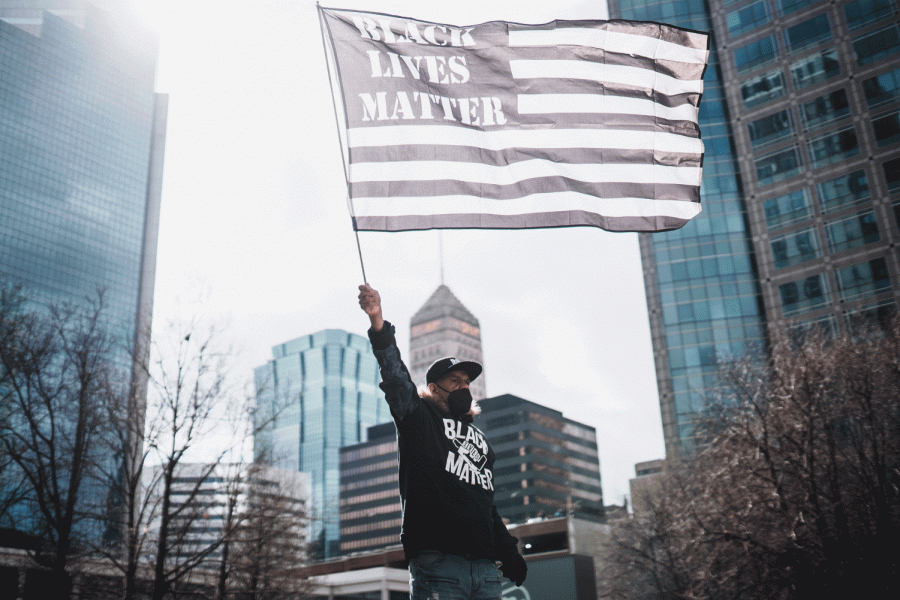


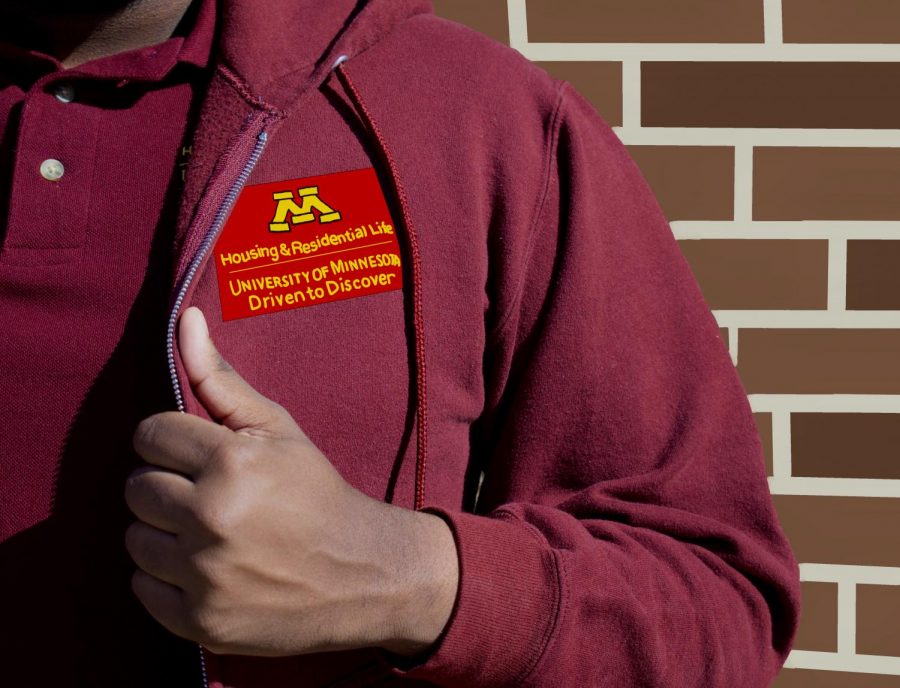

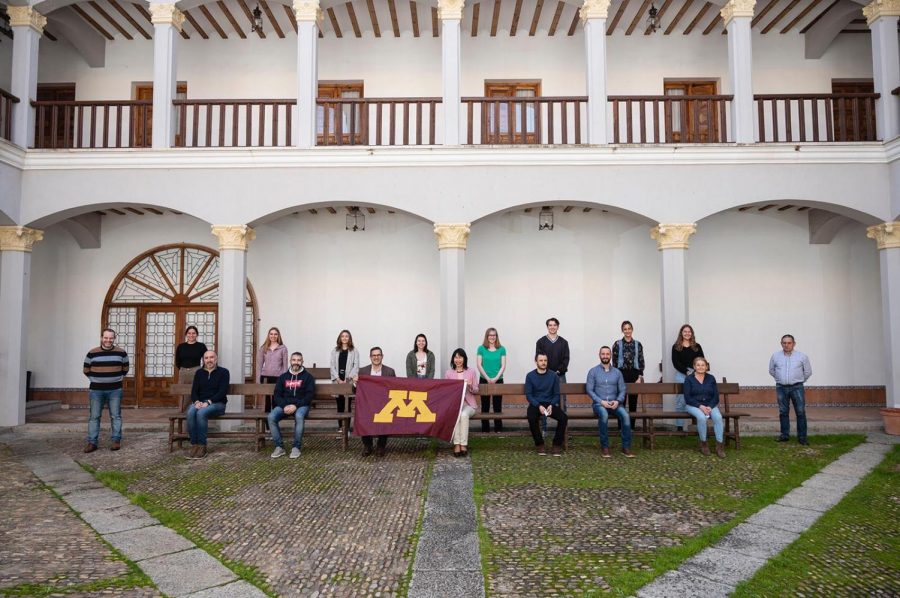
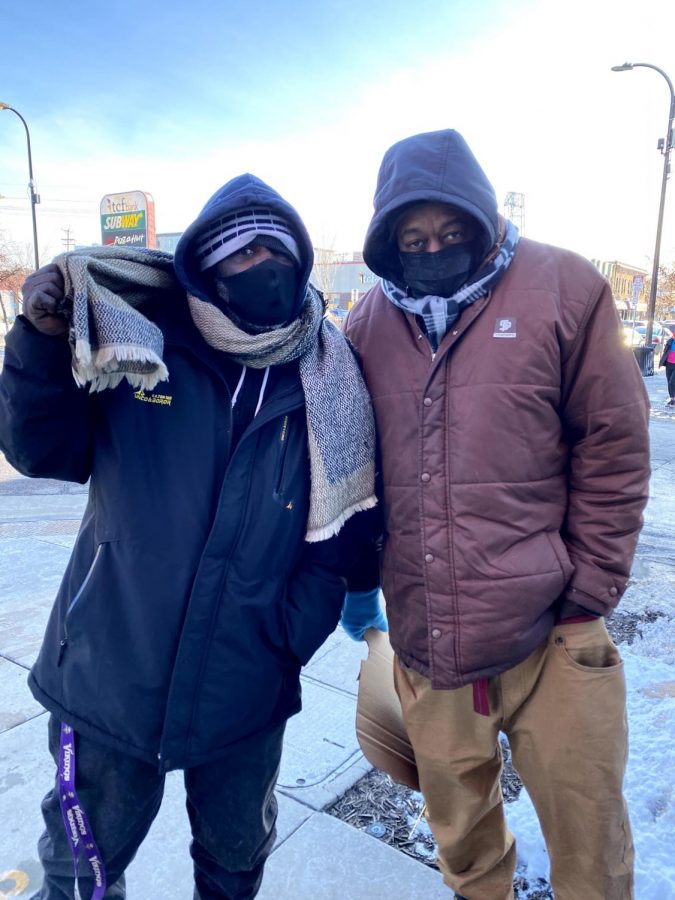

Your Mother Knows My Name
Mar 8, 2022 at 1:20 pm
dffg